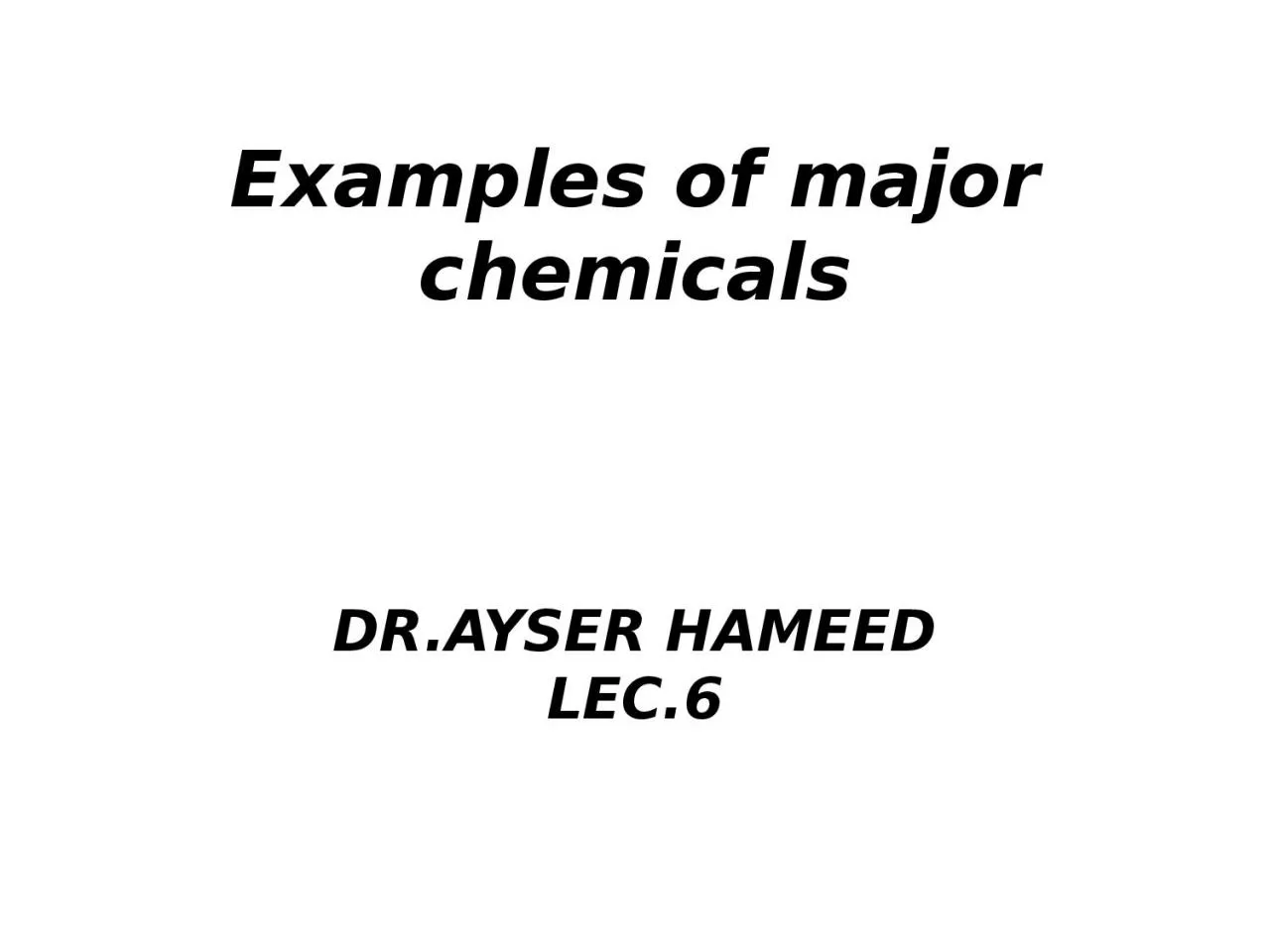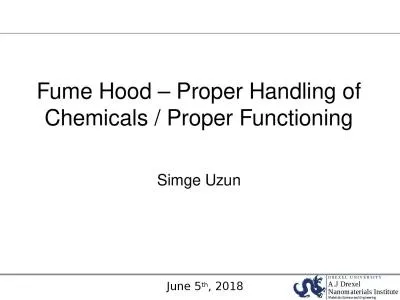PPT-Examples of major chemicals
Author : payton | Published Date : 2022-06-15
DRAYSER HAMEED LEC6 1 Direct acting chemicals Alkylating agents like anticancer drugs eg cyclophosphomides Acylating agents like imidazole 2 Indirect
Presentation Embed Code
Download Presentation
Download Presentation The PPT/PDF document "Examples of major chemicals" is the property of its rightful owner. Permission is granted to download and print the materials on this website for personal, non-commercial use only, and to display it on your personal computer provided you do not modify the materials and that you retain all copyright notices contained in the materials. By downloading content from our website, you accept the terms of this agreement.
Examples of major chemicals: Transcript
Download Rules Of Document
"Examples of major chemicals"The content belongs to its owner. You may download and print it for personal use, without modification, and keep all copyright notices. By downloading, you agree to these terms.
Related Documents














